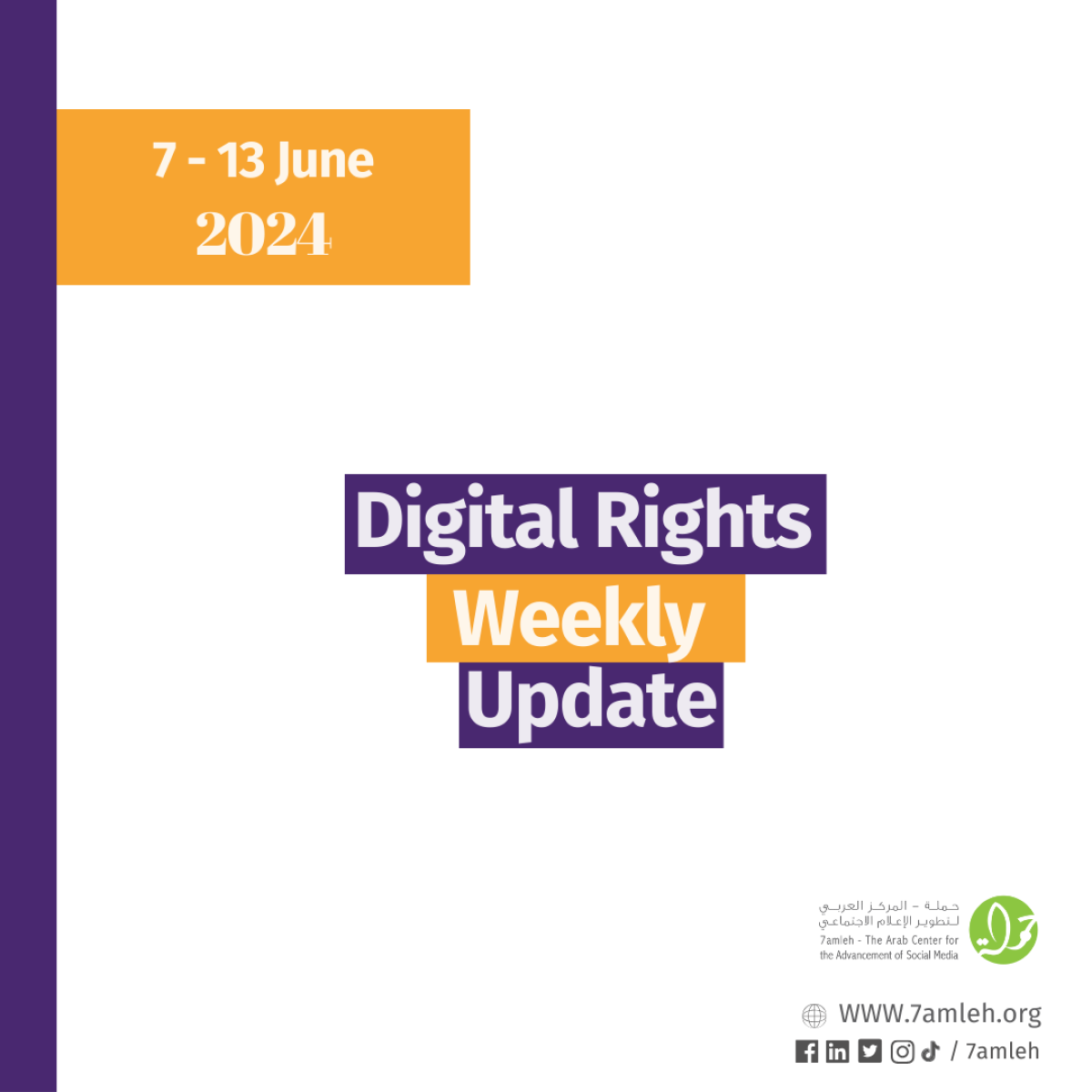
1.
Instagram Hides Israel’s Rafah Carnage, Bans And Removes Content (English)
Clarion India
As Israeli forces killed over 35 people in Rafah on Sunday night, Instagram has been inconspicuously siding with the Zionist state, trying to hide the massacres unfolding in what has been marked as the last remaining “safe zone” for displaced Palestinians in Gaza. Take Turkish Radio and Television (TRT) presenter Nadja Muftic (@nadja_muftic), for example. Her Instagram account still shows 953 posts, which have accumulated over her longtime use of the app, but she has ended up having zero followers and following zero people after posting content criticising Israel’s most recent assault on Rafah.
2.
How Israel tried to use AI to covertly sway Americans about Gaza (English)
NPR
For the past several months, multiple organizations have noticed possible Israeli government-sponsored influence activity related to the Gaza war. In January, Israeli newspaper Haaretz found that the Israeli government bought technology to conduct online influence campaigns. In February, an open source intelligence researcher and then DFRLab identified a network of inauthentic social media accounts that amplified content attacking the staff of the United Nations agency that works with Palestinian refugees. FakeReporter found that that network’s messages targeted Black Democratic members of Congress. In March, the Atlantic Council’s DFRLab, which studies disinformation around the world, identified a network targeting Canadian citizens with narratives suggesting that Canadian Muslims are pushing for a strict version of Islamic law.
3.
The ingenious ‘network tree’ defying Gaza's connectivity blockade (English)
Advox
When the combination of big tech and politics failed the Palestinian people by overlooking the internet disruptions affecting Gaza, grassroots technology known as the “network tree” came to the rescue. Utilizing the humblest of elements such as buckets, smartphones, and e-SIMs, this ingeniously simple technology provided much-needed connectivity to a community fragmented by war, in the face of severely damaged infrastructure. Since the war on Gaza began in the aftermath of October 7, the telecommunications infrastructure has been severely damaged, along with critical sectors like education, healthcare, and more. Telecommunications disruption in Gaza has significantly hindered daily interactions and vital operations.